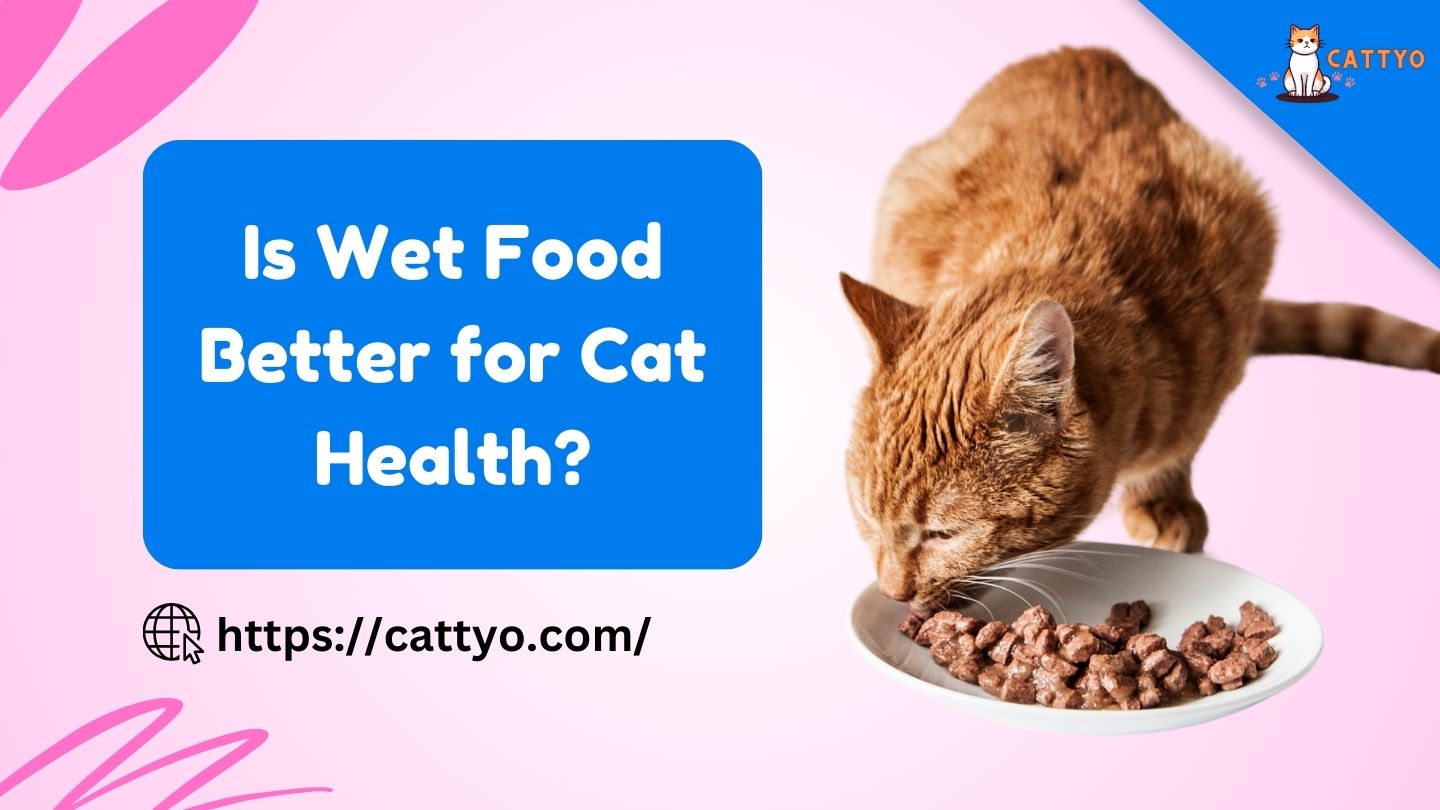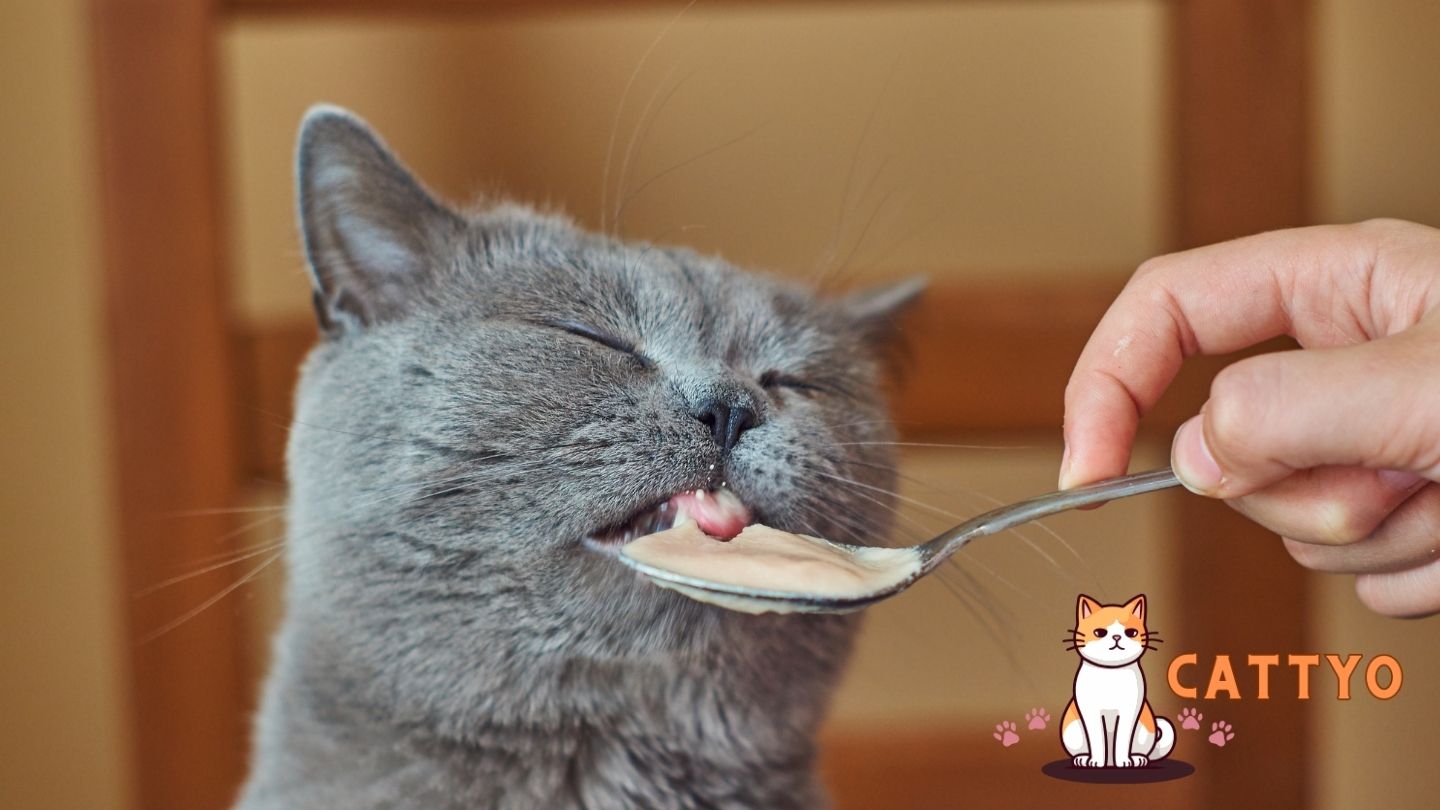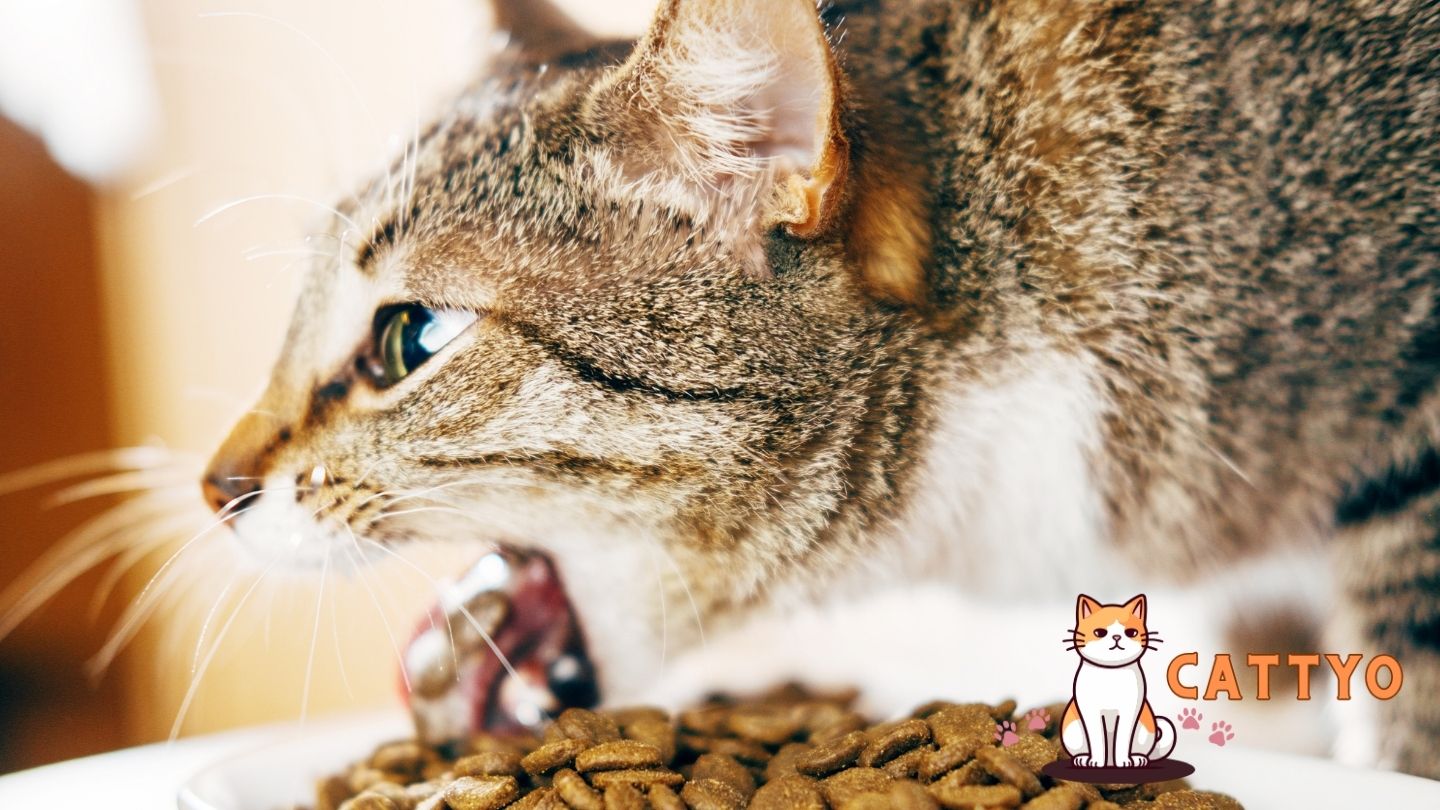As cat owners, we all want what’s best for our feline companions. But when it comes to their food, we’re often caught in the middle of a never-ending debate: wet food vs. dry food. Both have their perks, but is wet food really better for cat health?
Let’s dive into this age-old question and see if we can find some answers—or at least make some sense of it!
The Hydration Factor: The Wet Food Advantage
It’s no secret that cats have a reputation for not drinking enough water. Unlike dogs, who love to lap up water after every meal, cats often don’t instinctively drink as much as they should. And that’s where wet food shines.
Wet food contains a hefty amount of moisture—anywhere from 70% to 80% water, depending on the brand.
This can be a game-changer for cats who are prone to urinary tract issues or kidney problems, as staying hydrated is key to preventing these conditions.
Imagine if you had to drink all your water through a straw. Wouldn’t that be tedious?
Well, that’s kind of what it’s like for cats to drink water from a bowl that’s sometimes just too far away or not enticing enough. Wet food solves that problem by sneaking in hydration with every bite.
Take my friend Sarah, for instance. Her cat, Mr. Whiskers, had a few bouts of urinary tract infections (UTIs), and the vet suggested switching to a wet food diet to help improve his hydration.
Since making the change, Sarah’s noticed a marked difference in his litter box habits. Coincidence? Maybe. But it certainly worked for them.
What About the Nutrients?
When we talk about wet food, we’re not just talking about water content; we’re talking about nutrition.
Wet food can be packed with high-quality protein, fats, and essential nutrients that cats need. In fact, many premium wet food brands boast about their high meat content—sometimes even more than what’s in dry food.
It’s easy to assume that all wet food is the same, but the reality is much more nuanced. Just like with dry food, not all wet foods are created equal.
Some canned foods are full of fillers and artificial additives. So, you really need to look at the label and be picky about what you’re feeding your furry friend.
A high-quality wet food should have real meat as its first ingredient and avoid unnecessary grains or sugars.
The Texture Factor: Why Some Cats Just Won’t Touch It
Okay, we’ve talked about the good stuff, but what about the picky eaters? You know, the cats that turn up their noses at anything that isn’t served in the most luxurious manner?
Well, wet food has a major leg up here. The smell, the texture—everything about wet food screams “Yummy!” for many cats. But for some, it’s a no-go.
Ever had that one cat who looks at you with judgmental eyes after you’ve placed a fresh bowl of wet food in front of them?
They’ll sniff it once, turn their head away, and proceed to nap as if you’ve insulted their taste buds. It happens more often than you think.
And it’s not just about being finicky; some cats simply prefer the crunch of dry food.
It’s almost like their version of a snack, and the sound of crunching might just be the equivalent of us cracking open a bag of chips. So, forcing wet food on them? Well, that could be an uphill battle.
But if your cat’s a fan, wet food could be a great option to keep them satisfied and hydrated.
Is Wet Food the Only Option for Good Health?
Alright, let’s hit pause for a sec. Wet food is great, but does that mean dry food is the villain? Not necessarily. It’s all about balance.
Dry food has its own set of benefits—namely, convenience. It’s easy to store, doesn’t spoil quickly, and is often more affordable.
Plus, if you have a cat that loves to nibble throughout the day, dry food can serve as a convenient option.
Some cats even thrive on a mix of wet and dry food. Think of it like us enjoying a variety of foods—sometimes we crave a hearty stew, other times we just want a quick snack. Variety, as they say, is the spice of life.
Wet Food Pros and Cons at a Glance
| Pros of Wet Food | Cons of Wet Food |
|---|---|
| Better hydration | More expensive than dry food |
| High-quality protein content | Can spoil quickly if left out |
| Better for urinary and kidney health | Messier to serve and store |
| Generally more palatable | Not as convenient for free-feeding |
| More moisture for sensitive cats | May lead to dental issues (due to lack of crunch) |
FAQ: Wet Food for Cats
Q: Does wet food help with my cat’s weight?
A: Wet food can be beneficial for weight management because it’s lower in calories per volume (due to its high water content).
Cats often feel fuller faster when eating wet food, which can help prevent overeating. But portion control is still key!
Q: Can wet food help with hairballs?
A: Some wet foods are formulated with added fiber, which can help with hairball control. So, yes, it might offer some relief. But if your cat is a serious hairball sufferer, consult your vet for more targeted solutions.
Q: Can wet food spoil if left out too long?
A: Absolutely. Wet food should ideally be consumed within 30 minutes to an hour once opened, especially in warm temperatures. If you’re feeding your cat wet food, try to keep it in the fridge between meals and warm it up slightly before serving.
Final Thoughts
So, is wet food better for your cat’s health? The answer is a resounding “it depends. Wet food can offer incredible benefits, especially when it comes to hydration and providing a more natural diet for your feline friend.
But it’s not a one-size-fits-all solution. Cats are individuals with unique needs, and what works for one may not work for another.
In my opinion, the best approach is a balanced one. A mix of wet and dry food, tailored to your cat’s preferences and health needs, might be the sweet spot.
After all, isn’t that what we do for ourselves? A little variety goes a long way in keeping things interesting and beneficial.
At the end of the day, the most important thing is that you’re feeding your cat high-quality food that keeps them healthy, happy, and satisfied. And hey, if they love it? You’re already winning.





